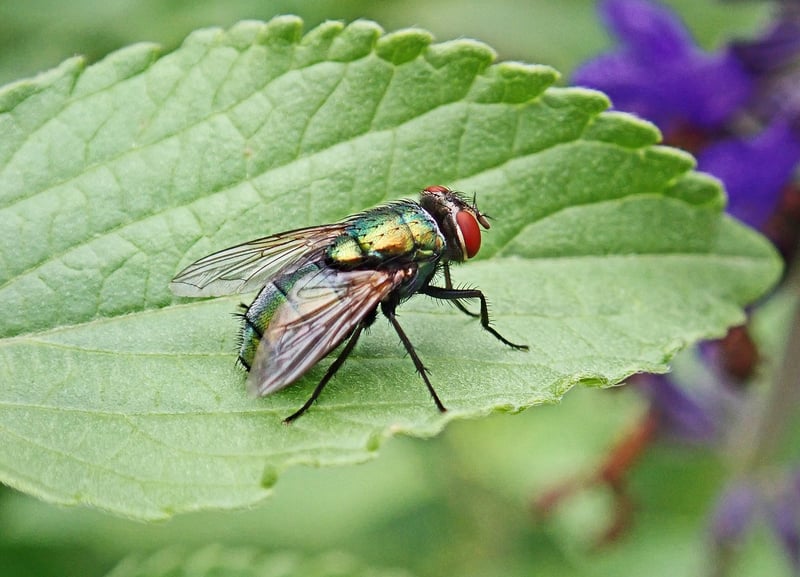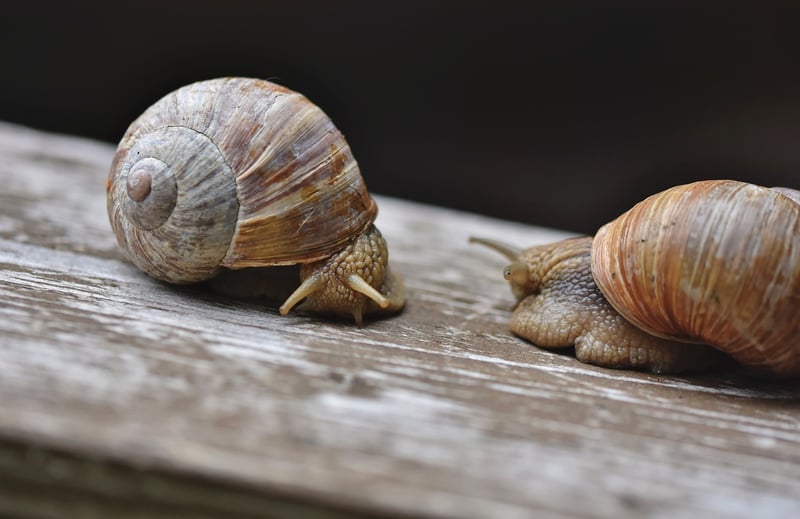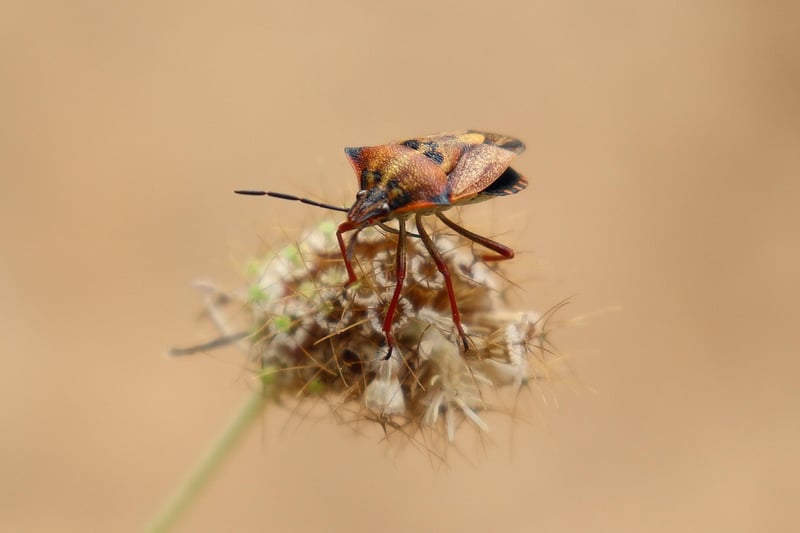Identifying Bugs
Dealing with Garden Pests + Identifying Bugs
Introduction
Welcome to our guide on dealing with garden pests and identifying bugs. Whether you're a seasoned gardener or just starting, understanding common garden pests and how to manage them is essential for maintaining a healthy and thriving garden.
Identifying Garden Pests
Before you can effectively deal with garden pests, it's important to be able to identify them. Here are some common pests you may encounter:
Aphids
Aphids are small, soft-bodied insects that feed on plant sap, causing leaves to distort and yellow. They can reproduce quickly, so early detection is key.

Slugs and Snails
These slimy creatures feed on a variety of plants and can quickly decimate seedlings and young plants. Look for silvery trails to identify their presence.

Caterpillars
Caterpillars are the larval stage of moths and butterflies. While some caterpillars are harmless, others can cause significant damage to plants by chewing on leaves.

Dealing with Garden Pests
There are several methods for managing garden pests without resorting to harmful chemicals:
Natural Predators
Encourage beneficial insects like ladybugs, lacewings, and parasitic wasps that feed on garden pests.
Handpicking
Physically remove pests like caterpillars and beetles from plants and drop them into a bucket of soapy water to control their population.
Neem Oil
Neem oil is a natural insecticide that can help control a variety of garden pests without harming beneficial insects.
Companion Planting
Planting pest-repelling herbs like basil, mint, and rosemary alongside susceptible plants can help deter pests.
Conclusion
By learning to identify common garden pests and employing effective pest management strategies, you can protect your plants and promote a healthy garden ecosystem. Remember, a little vigilance goes a long way in keeping your garden pest-free!
